|
|
Myanmar Destination
Yangon
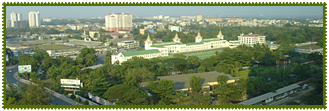
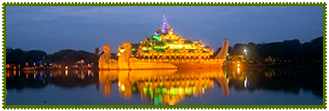
According to local legend, the Shwedagon Pagoda was built during
the time of the Buddha and the area around the pagoda, modern Yangon
has been settled since then. Whatever the truth of the legend, it is
certain that a Mon village named Dagon has existed at the site since
the 6th century A.D. It was renamed Yangon (the 'end of strife') by
the Shwebo based King Alaungpaya when he captured it from rebel Mon
leaders in 1755 after which its importance as a port city began to
grow. However, the city gained in importance only after the British
occupied it during the Second Burmese War in 1852, after which it
became the capital of British Burma and the trading and commercial
centre of Burma. The British called the city Rangoon, which was an
anglicised form of "Yangon". The city grew rapidly during the
colonial period, which left a legacy of solid 19th-century colonial
architecture. Burma attained independence in 1948, but its true
'modern' period begins with the 1962 military coup and the
institution of an isolationist Socialist regime in 1964, resulting
in the steady decay of the city and its infrastructure.
Mandalay
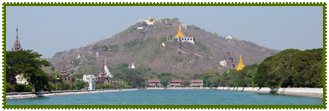
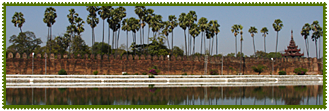
Mandalay, the very name evokes the splendors of the Burma of old!
But, most people will be surprised to learn that Mandalay is not an
old city, not even a medieval one, but rather a new city that was
created by King Mingdon Min of Burma in 1857 as the new capital of
the kingdom of Ava. Only two Burmese kings ruled from there, King
Mingdon and King Thibaw, before the British conquest of Upper Burma
in 1885. History records it as a city of splendor between 1858 and
1885 but most of the magnificence is gone, destroyed by the fire
that consumes wooden structures, by the cavalier attitudes of its
colonial rulers, and by intensive bombing by the allies during the
reconquest of Burma in the Second World War. The city, neatly
planned with its lettered roads and numbered streets, is a British
creation. The once magnificent Royal Palace and the great Atumashi
(incomparable) pagoda, King Mingdon Min's finest creations, are
modern reconstructions supervised by the ruling Military junta with
the help of forced labor. Today, Mandalay lies at the end of the
Lashio Road and it is, by Burmese standards, relatively prosperous
as a centre for trade with China and as a centre for the growing
trade with India. Despite the capital having been shifted to
Naypyidaw, Mandalay remains by far the main commerical centre of
Upper Myanmar.
Bagan
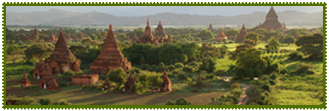
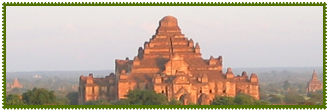
Bagan became a central powerbase in the mid 9th century under
King Anawratha, who unified Burma under Theravada Buddhism. It is
estimated that as many as 13,000 temples and stupas once stood on
this 42 sq km plain in central Myanmar, and Marco Polo once
described Bagan as a "gilded city alive with tinkling bells and the
swishing sounds of monks' robes". Approximately 2,200 remain today,
in various states of disrepair. Some are large and well maintained,
such as the Ananda Pahto, others are small tumbledown relics in the
middle of overgrown grass. All sites are considered sacred, so when
visiting be respecful including removing shoes before entering or
stepping onto them. Bagan's golden age ended in 1287 when the
Kingdom and its capital city was invaded and sacked by the Mongols.
Its population was reduced to a village that remained amongst the
ruins of the once larger city. In 1998, this village and its
inhabitants were forcibly relocated a few kilometres to the south of
Bagan, forming "New Bagan" where you will find accommodation in its
handful of cheap, quaint, clean hotels and religious centres.
Inle Lake
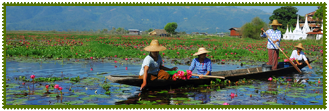
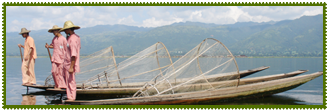
Inle is huge lake (22km long and 10 km across) located in Shan
State, over 900 meters above sea level and it is outrageously
beautiful. The strangest thing about Inle is native lake-dwellers,
living on “floating island”. Inle lake is one of the most
significant and productive ecological system supporting an immense
variety of plants and animals and yielding great wealth for Myanmar
through its occurrence of floating islands and the living style of
the natives. The vast picturesque lake 900 meters above sea-level,
is one of the main tourist attractions in Myanmar. The lake, 22 km
long and 10 km across, has a population of some 150,000 ,many of
whom live on floating islands of vegetation. Inlay lake, natural and
unpolluted, is famous for its science beauty and the unique
leg-rowing of the Inthas, the native lake dwellers.
Ngapali Beach
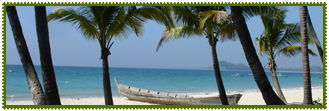
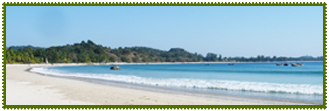
The beautiful Ngapali Beach is located in Thandwe (sandaway)
about an hour’s flight from Yangon. This unspoilt beach stretches
over 3 km and is an ideal place for everyone who loves sea, sand,
sun or swimming, snorkeling or carefree loitering on the beach,
exploring or just sitting amidst whistling wind. There is a 9 hole
golf course only three miles away from the Ngapali hotel. Nearby
fishing villages are also interesting places. Ngapali Beach opens
from Oct to May.
Chaungtha Beach
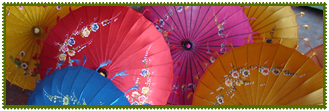
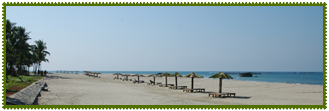
It is located 40 km to the west of Pathein in Ayeyarwaddy
Division, Chaung Thar is about 5 hours drive from Yangon. It is an
attractive wide beach with Ayeyarwaddy delta look. There are quite a
few islands to visit near Chaung Thar beach. Some of these islands
are The’ Phyu island, Pho Kalar Island ,and Kyauk maung Nhama. Speed
boats are also available for rent .
Ngwe Saung Beach
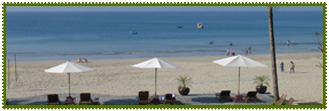
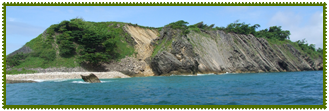
It is a newly opened beach resort on the west coast of Myanmar.
It is an unspoilt virgin destination, with crystal clear water and
clean white sand. It is a very romantic beach ,which stretches 15 km
of white sand against the blue sea.
|